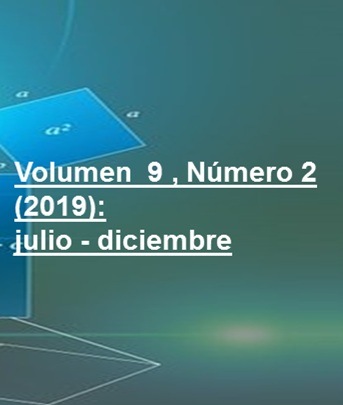ARC discharge carbon nanoonions purification by liquid- liquid extraction
Keywords:
Carbon Nanoonions, Submerged Arc Discharge, Purification, Liquid-Liquid ExtractionAbstract
Carbon nanoonions are novel carbon nanoestructures that have potential applications in fields like electronics and chemical catalysis. Here is reported a very simple but effective method of purifying carbon nanoonions produced by submerged arc discharge in water based on the liquid water – toluene liquid-liquid extraction. Purified and non-purified samples were characterized by atomic force microscopy, high resolution transmission electronic microscopy and Brunauer-Emmett-Teller gas adsorption isotherms method. Microscopy results showed a good purification and allowed the assessment of the particles diameter distribution. Specific surface area was measured showing a great increment from (14.7 ± 0.3) m2×g-1 for the non-purified sample (14.7 ± 0.3) m2×g-1 for the non-purified sample to (170 ± 3) m2×g-1for the purified sample. Average particles diameter was also assessed from the adsorption isotherms; diameter values obtained by the three techniques were in good agreement being between 20 to 30 nm.
Downloads
Downloads
Published
How to Cite
Issue
Section
License
The journal Anales de la Academia de Ciencias de Cuba protects copyright, and operates with a Creative Commons License 4.0 (Creative Commons Attribution-NonCommercial License 4.0). By publishing in it, authors allow themselves to copy, reproduce, distribute, publicly communicate their work and generate derivative works, as long as the original author is cited and acknowledged. They do not allow, however, the use of the original work for commercial or lucrative purposes.
The authors authorize the publication of their writings, retaining the authorship rights, and assigning and transferring to the magazine all the rights protected by the intellectual property laws that govern in Cuba, which imply editing to disseminate the work.
Authors may establish additional agreements for the non-exclusive distribution of the version of the work published in the journal (for example, placing it in an institutional repository or publishing it in a book), with recognition of having been first published in this journal.
To learn more, see https://creativecommons.org






